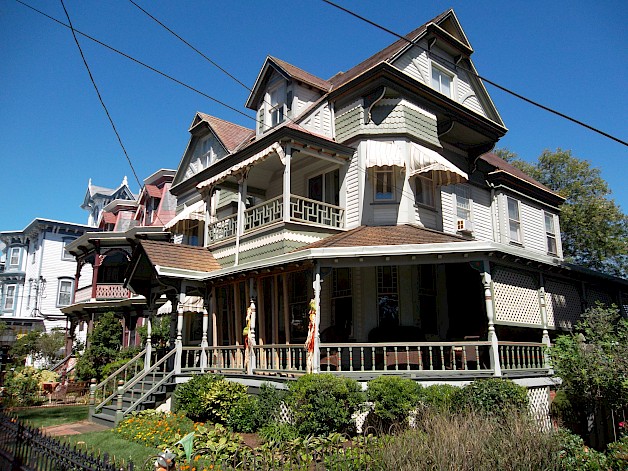This Old House in Surrey, Delta, or New West!
Do you have an older home in the Lower Mainland, and want to keep it for a while? Lots of beautiful homes eg: in New Westminster have heritage status and have limitations for renovations. But these older properties tend to have a sense of charm that newly built homes may lack. Perhaps it’s their lived-in feel or design elements that remind homeowners of yesteryear that make older homes so popular among home buyers.
What our Lower Mainland older homes have in character, they may lack in modern amenities. For example, whereas many homes are now built with energy efficiency in mind, older homes may not be so eco-friendly. Fortunately, there are many ways for homeowners who love their older homes to keep that love going strong while making their homes more energy efficient at the same time.
• Check for leaks and plug any you find. Homes may develop air leaks over time, and such leaks allow air to infiltrate the home. In colder weather, the furnace will have to work harder to maintain a comfortable temperature, which will, in the end, cost energy dollars. Come summertime, those same homeowners will running air conditioners will also have the same problem - working harder in an effort to stay comfortable when hot air is creeping through the cracks. Fix any sources of air infiltration you find. Run your hand along doorways and windows to determine if any drafts are coming through. Older homes may also develop cracks in bricks, around the foundation and in siding or stucco. Seal any areas where you feel air infiltrating your home, which will save money, reduce your energy consumption and make your older home more efficient. You need to remember that the tighter the seal on your house, the higher the requirement for proper circulation and ventilation to maintain good interior air quality.
• Add insulation. Many older homes are poorly insulated. Adding insulation can reduce energy costs by as much as 50 percent. Installing insulation can be tricky, especially if insulation was not originally included in your home, as is sometimes the case with older homes. Insulation can become damp and prove ineffective if installed improperly. Damp insulation also may contribute to mold growth and rot in the home’s framing. Older homes may be lacking adequate insulation around attics, crawl spaces, basements, heating and cooling ducts, and water pipes. Cover your water heater with an insulated water heater blanket so the heater retains more heat and consumes less energy to heat the water. When you add attic insulation, you have to add proper ventilation. You will need to increase the soffit venting and roof venting. This will create again, a clean air environment, with a smaller chance of having a mildew or mold problem in the attic.
• Stay on top of your home. Much like older vehicles, older homes require a little extra TLC on the part of homeowners. Don’t allow your home to fall into disrepair. Even if your energy bills are not on the rise, inspect windows and doors to make sure they are closing tightly, as over time such seemingly minor problems can add up to substantial energy loss. Don’t forget to clean gutters and downspouts, removing debris that can add up and lead to water damage that may ultimately compromise the effectiveness of your home’s insulation.
• Book an energy audit. Energy audits, which may be offered free of charge by BC Hydro, can help detect any additional areas where a home may be using energy inefficiently. Even if you have to pay for an audit, the cost savings if any additional inefficiencies are discovered, will likely add up to more than the cost of the audit. Older homes are attractive to many homeowners, who can take several steps to make sure their homes are operating as efficiently as possible, but it's a fine line... You really have to commit, in the end, to doing the whole process of sealing, and grouting, THEN, adding a controllable circulation and ventilation process to maintain good interior air quality.

